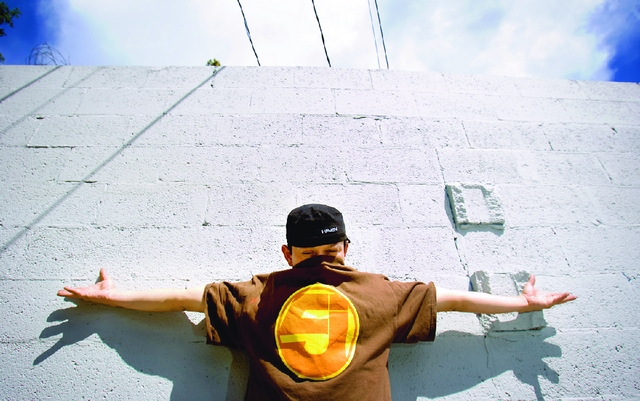White Wash
Clean-Up Of Graffiti Murals Angers Artists Part One Of A Two-Part Series


Sofa and friends paint the north-facing side of Acme Iron and Metal for the first time. For more detailed photos of this wall, go to: www.pbase.com/burque_reunion.
Courtesey of Sofa



